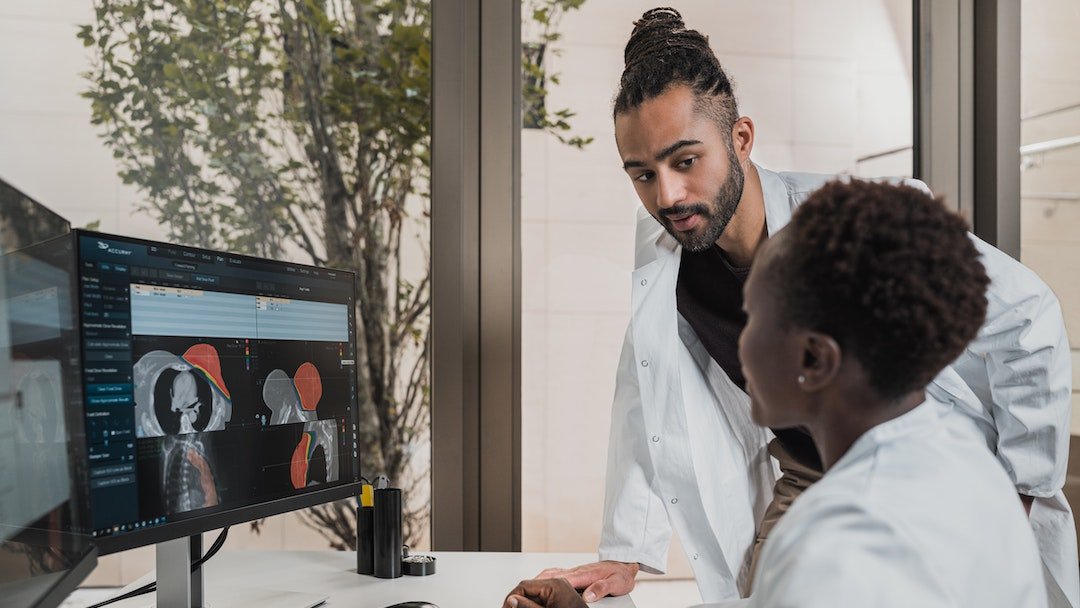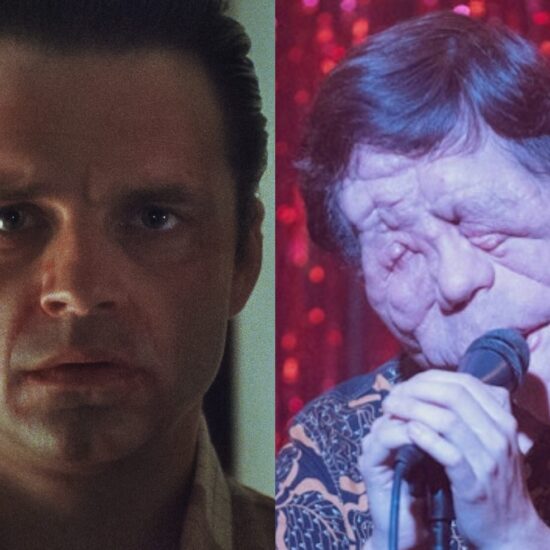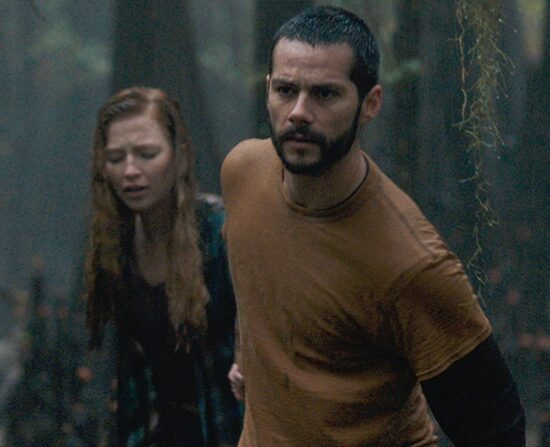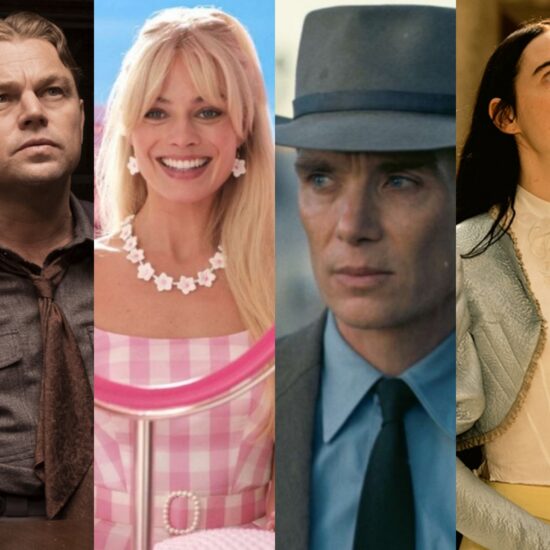
Medical television shows and movies have always been popular. But, it’s often clear to the audience when a filmmaker has taken the time to do their research. We’ve all seen cringe-worthy films set in the healthcare industry that don’t seem realistic, even to someone who doesn’t know basic medical terminology.
If you’re shooting a medical film and want to make it look as professional and polished as possible, thorough research is essential.
That goes well beyond getting information from Google or reading a few research papers. Let’s take a closer look at why thorough research for medical films is so important and how you can make sure you’re digging deep enough to create a realistic portrayal of the healthcare system and the people involved.
What Does Hollywood Get Right — and Wrong?
There’s no shortage of popular medical films to choose from. From “Patch Adams” to “Sybil” and everything in between, movies have run the gamut when it comes to mental and physical health issues, hospital settings, and depictions of private practices.
One of the worst things to come out of all of these films is the doctor stereotype. There’s typically an older doctor on staff that serves as a mentor to a younger, rebellious, or even mysterious surgeon. When you have a core base of doctors and people know who they are right from the start, you can spend less time on character development and more time creating a story around them. It’s not to say that formula doesn’t work, but it’s not exactly an accurate depiction of medical professionals, especially in a hospital setting.
Additionally, the office romance trope has been played out far too often. Do some doctors, nurses, and other medical professionals who work together end up dating or getting married? Absolutely. But, that could be said for any profession. It’s not glamorous or dramatic, and while a medical love story might look good on film, it’s typically not realistic.
What Hollywood does tend to get right about the medical field is the depiction of crazy schedules, long hours, and a fantastic setting for a story. So much happens in hospitals, and while movies can stretch the truth a bit, people are familiar with what a medical setting looks, feels, and sounds like. So, it’s a fantastic backdrop for an interesting plot.
Realistic Research
Things like medical terminology, correct equipment and scenery, and even the right wardrobe are all necessary to create a realistic medical film. However, it’s just as important to make sure you’re not settling into the stereotypes and tropes the film industry often gets so wrong about doctors and nurses.
Hospitals and private practices are incredibly diverse places. As a filmmaker, you already understand the importance of inclusivity in the industry when it comes to creating realistic films. That includes more than just offering roles to people of different ages, races, genders, and backgrounds. It’s also important to include individuals with various disabilities and conditions, especially considering the setting.
Creating complex, realistic characters will really bring your film to life and draw people in when they see themselves represented on screen. Today’s real physicians are learning how different social factors can influence and contribute to patient recovery. By humanizing the doctors in your film, you can more accurately represent that. For example, social determinants of health are being used more often to support real-life patients. Consider including things like:
- Data collection;
- Technology/connectivity;
- Data analyzation;
- Rating patient acuity.
The more you implement realistic-looking people and practices in your film, the more believable it will be. You can focus on everything from character development to great storytelling without falling victim to stereotypes and worn-out tropes.
Going Beyond Basic Research
You’re in the filmmaking business, not the healthcare industry. If you want to create a movie that is accurate and believable, being able to understand the subtle nuances of how the industry works is essential. That includes using the right language — and not just medical terminology— and understanding what each person and position is responsible for.
For example, nurses with ADNs and nurses with BSNs might have the same amount of knowledge, but ADN nurses are only allowed in entry-level positions. If your film is focused on nurses, you don’t want to confuse positions and the educational requirements for nurses in real life to reach each one. Some of the best ways to obtain this kind of everyday medical knowledge include:
- Interviewing medical professionals;
- Hiring medical consultants to observe what you’re doing on set;
- Shadowing a nurse;
- Spending a few days in a medical setting making observations.
This kind of immersive research is necessary if you really want to capture the right atmosphere and environment of a medical setting and the people involved.
The demand and interest in medical films aren’t going away any time soon. If you want your movie to stand out and be taken seriously, take the time to get things right. Not only will your movie be better received, but you could end up representing the industry and the people who work there with the accuracy and respect they deserve.
Amanda Winstead is a writer from the Portland area with a background in communications and a passion for telling stories. Along with writing she enjoys traveling, reading, working out, and going to concerts. If you want to follow her writing journey, or even just say hi you can find her on Twitter.














